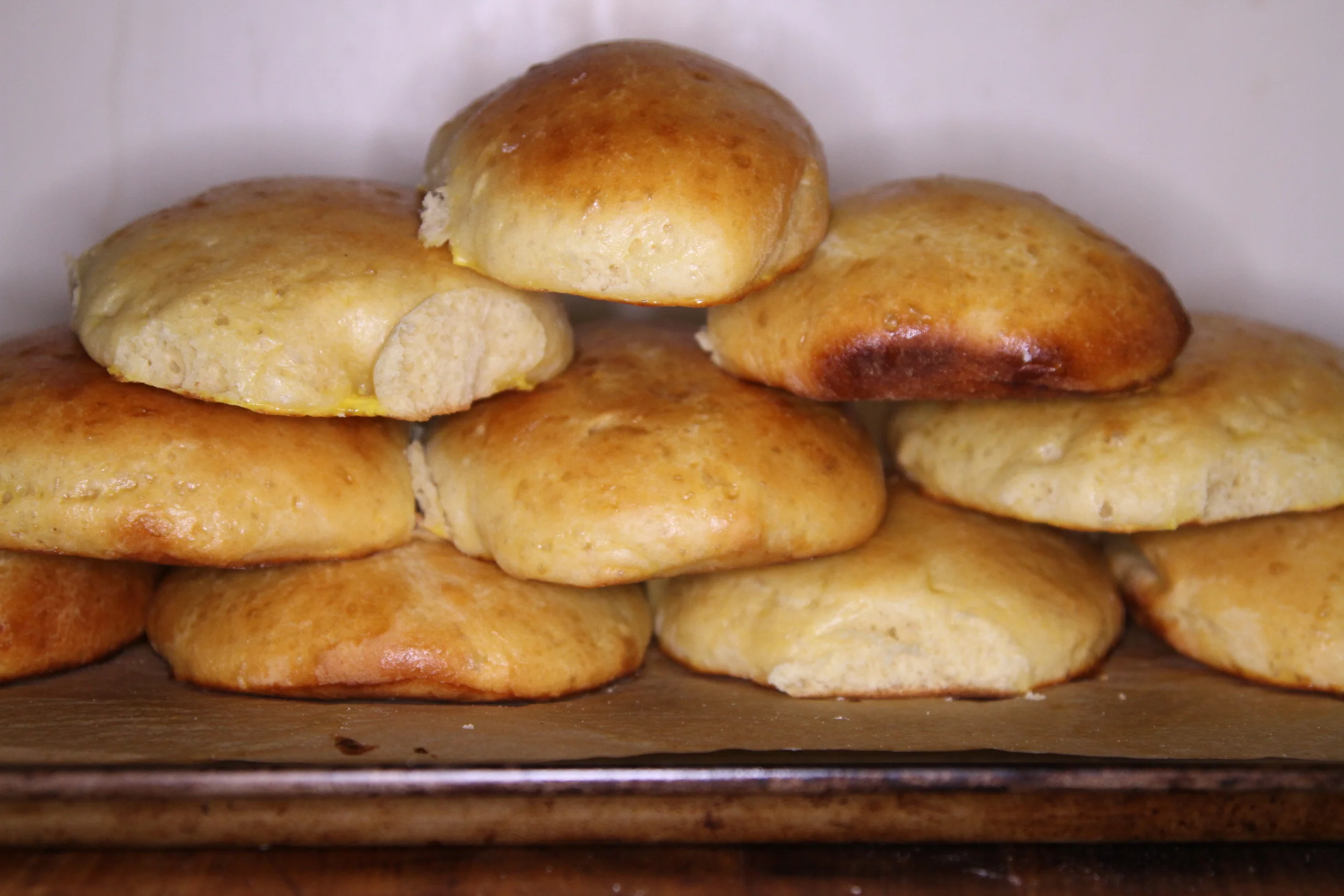Tasting Rome, by Katie Parla & Kristina Gill

How far into Tasting Rome can you get before you find yourself on Google Flights, checking the AlItalia prices? One of the cover blurbs bets ten pages, but it took me about two – but then, dreaming of Rome is my default status.
This book does a good job of embracing the Roman fantasy – the colorful, workaday photography is full of people going to the markets on their lunch breaks, businessmen eating gelato on mopeds, everyone, everyone, everyone eating pizza outside. They go to cutting edge contemporary art museums housed in former slaughterhouses (there’s a refugee camp next door) and their Borghese picnics are styled better than your wedding. These are the Romans who live in your head, there to remind you of what your life would have been like had your ancestors had a little less imagination…do they actually exist? I have no idea. But this book can help you channel these fantasies into some kind of reality, even if it means working from home so you can make decent pasta for lunch one day a week. It will get you halfway there, if not on a plane.
Like its namesake, Tasting Rome can also be freewheeling, disorganized, almost maddening. I always appreciate a book that isn’t themed around courses (boring) but the nonlinear themes they chose for this make sense only if you’ve been around Rome long enough to see them coming – in which case you might not need the book. (I’m trying to ignore an egregious typo that made me worry that the book hadn’t been fact-checked at all. Trying.)*
But put that aside, because the structure forces you to go through every page, and it’s a joy. I especially liked the short essays that focus on parts of Roman food culture that even a seasoned visitor might never have learned about – the small Libyan Jewish population, and it’s outsize influence on cucina ebraica? Nope, but I made their hraimi with couscous and it was fantastic.
This is not to say that this is a comprehensive or exhausting look at a very complicated cuisine. It feels like a walking tour, perfectly timed, entertaining, lots of interesting tidbits…and if you really want to know more, you can always go back later or look it up yourself. This makes sense – Parla has been giving English-language walking tours for years. She knows what will land, but also when to challenge her audience. I probably won’t be making much from her quinto quarto, or offal, chapter, but I do love a good baking project and happily spent an afternoon making maritozzi, sweet yeasted breakfast buns.
It was drizzly, then humid, then hot when I made them. My boyfriend grumbled at the added heat from the oven, and I watched a spectacularly shitty Project Runway marathon while they rose. I would have done anything for a late ticket to the August vacation exodus, or at least to Montauk. But they smelled good, and they were simple enough to make (even without a mixer). I felt pretty Italian, doing the Sunday baking in my little apartment, and it was enough. I closed the Google Flights window, for this week at least.
*I hear it's been fixed in the second edition.
make this one thing:
Maritozzi
For the Sponge:
- 1/2 cup warm milk (between 105 and 115F)
- 1 1/4 tablespoons active dry yeast
- 1 cup bread flour
- 1 tablespoon sugar
For the Dough:
- 7 tablespoons unsalted butter, at room temperature
- 1/2 cup sugar
- 1/8 teaspoon salt
- 4 large eggs, at room temperature
- 2 1/2 cups bread flour, plus more for dusting
For the Egg Wash:
- 1 tablespoon whole milk
- 1 large egg
- Make the sponge: in a medium bowl, whisk the yeast into the milk, then add the flour and sugar and stir to combine. Cover the mixture with plastic wrap and set aside until it becomes puffy, about 20 minutes.
- Make the dough: in the bowl of a stand mixer fitted with the paddle attachment, combine the butter, sugar, salt and eggs on low speed.
- Replace the paddle with the dough hook. Pour in the sponge, mix for a few turns, then add half the flour, Mix on low until the dough is smooth, about 5 minutes. Add the remaining flour and mix again on low until the dough is smooth, about 2 minutes, scraping down the sides of the bowl as necessary.
- Allow the dough to rest in the bowl for 10 minutes, then run the mixer on low for 10 minutes to stretch the gluten. Meanwhile, line two rimmed baking sheets with parchment paper.
- Turn the dough onto a lightly floured surface and divide it into 12 equal-size pieces (each approximately 2 1/2 ounces). Using one hand, roll each piece into a tight ball, pressing it against the counter to ensure a smooth, tight surface. Next, using both hands, roll each ball into an elongated loaf shape, fatter in the middle and tapered on the ends, about 4 inches long, similar to a small football.
- Place maritozzi on the prepared baking sheets, spacing them 1 1/2 inches apart. Cover with plastic wrap, then a kitchen towel, and allow to rise in a warm place (between 70 and 80F) until doubled in size, about 2 hours.
- Preheat the oven to 350F.
- Make the egg wash: whisk the egg with milk in a small bowl. Immediately before baking, brush the tops of the maritozzi with the egg wash.
- Bake until deep brown, 12 to 15 minutes. Remove from the oven and allow to cool for 5 minutes on the baking sheet before transferring to a wire rack.
- Tasting Rome suggests the traditional Roman topping of homemade whipped cream, for these. In my mixer-less state I went for butter and jam.






